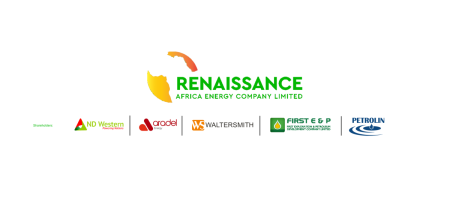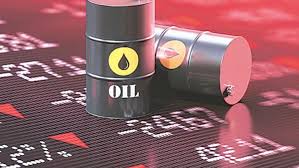 10 October 2012, Sweetcrude, BAGHDAD – IRAQ expects to more than double its oil output by 2020.
10 October 2012, Sweetcrude, BAGHDAD – IRAQ expects to more than double its oil output by 2020.
This will make the country a critical producer on the global stage with future oil revenue that has the potential to transform its economic fortunes over the coming decades, the International Energy Agency, IEA, has said.
Iraq’s oil production is expected to hit 6.1 million barrels per day by the end of the decade – up from the present level of about 3 million bpd – and 8 million bpd by 2035, with the IEA stating in a country outlook published on Tuesday that about $530 billion in energy investment will be required by that year to meet overall output targets.
The Middle East country, which is sitting on vast hydrocarbon reserves but is suffering from under-investment in its war-hit and dilapidated oil industry, is forecast to overtake Russia as the world’s second-largest crude exporter by the 2030s as it becomes a key supplier to fast-growing Asian markets, mainly China, the agency predicted.
As a result, Iraq could generate almost $5 trillion in revenue from oil exports over the period to 2035 – or $200 billion a year – that the IEA said could transform the country’s future prospects, “with the potential to stimulate much-needed economic growth and diversification”.
The report – the IEA’s first major review of a Middle East producing country – highlights the key role and responsibilities Iraq will assume “as a strategic source of world oil supply”, IEA executive director Maria van der Hoeven said.
“Put simply, this report shows that we all have an interest in Iraq realising its potential and revitalising its economy,” she added.
However, the IEA output figure still falls short of Iraq’s ambitious target of 12 million bpd by 2017 based on current contracts with players such as BP and Shell, with the agency seeing a lower production growth trajectory as infrastructure bottlenecks and red tape put the brakes on progress.
The report also presented a delayed scenario, in which energy investment in Iraq rises only slowly from 2011 levels, leading to oil production of 4 million bpd in 2020 and 5.3 million bpd in 2035.
In this case, Iraq would face a $3 trillion loss in national wealth due to lower oil export revenue and a failure of other industrial and services sectors to develop, while global oil prices would also be higher.
The IEA warns there remain major obstacles to Iraq achieving the massive leap in production, with a need for a more stable regulatory framework, and more efficient and transparent management of oil revenue.



